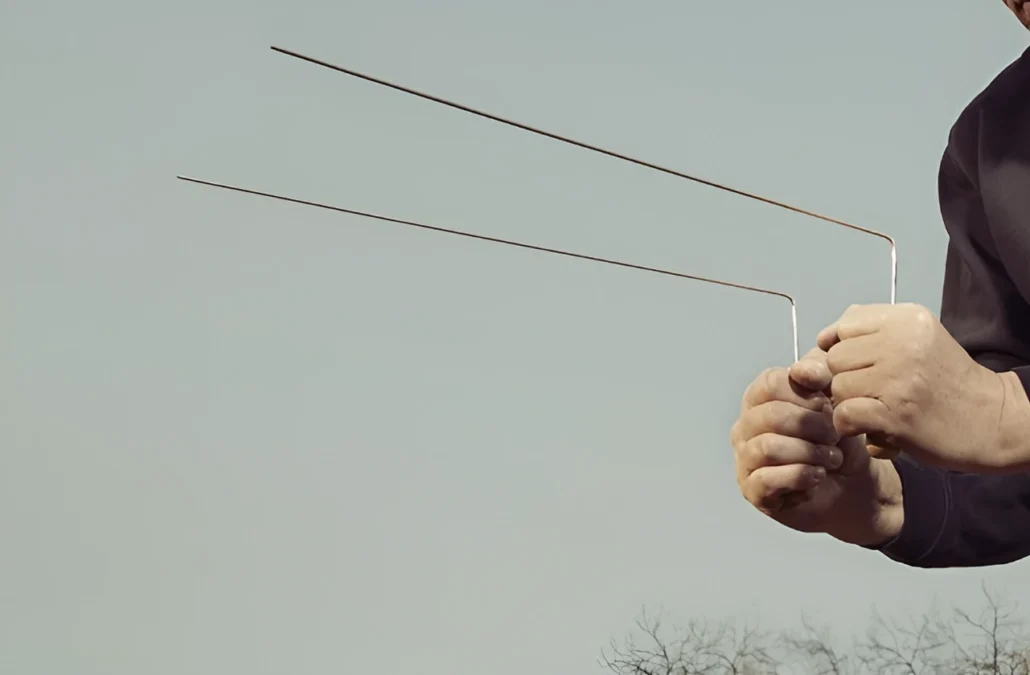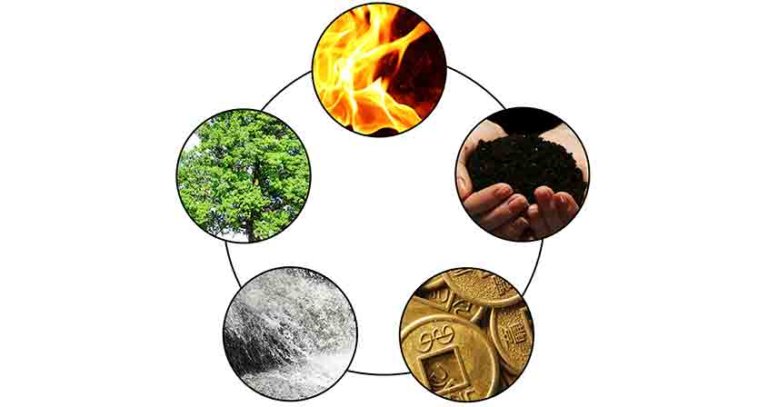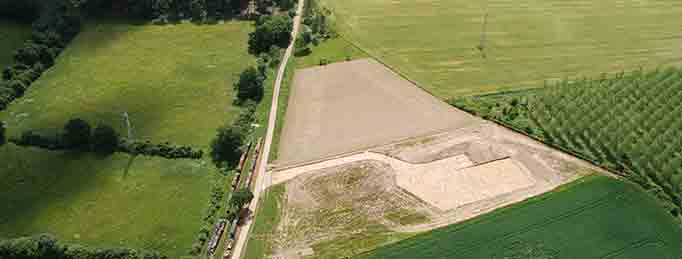WHAT IS DOWSING
Dowsing corresponds to the ability of people or animals to perceive radiations, usually with the help of amplifying instruments such as pendulums or rods.
It is a mental tool that stimulates the awareness of the senses. It helps in the discovery of groundwater, the discovery of minerals or new applications in health (such as biomagnetism or Bach flowers), which use dowsing to identify pathologies in patients and determine the most appropriate treatment.
There is evidence of its use since ancient times. The first reference is a cave painting in the Sahara. Other ancient references are found in Egypt, where rods and pendulums have been found, Israel, China and Babylon.

DOWSING INSTRUMENTS
Instruments are the tool that stimulate the senses and allow the amplification of external radiations. The most popular ones are described below.
ELASTIC RODS
It is usually a “Y” shaped rod. It can be made of elastic and resistant branches, such as hazel or cherry, or of artificial materials such as plastic.
These rods are widely used in the search for minerals and groundwater, as they are little affected by open field wind.
They are held in tension with both hands, so that their flexibility provides an unstable balance that reacts easily to external stimuli. From their neutral position, the balance is modified to point up or down in the direction of the mineral or object being searched for.

PENDULUM
A pendulum is any small thing that is attached to the hand by a flexible linking element, such as a chain or a rope.
The weights can have many shapes, but the proper functioning of the pendulum requires a weight that is symmetrical about its vertical axis and not too long in relation to this axis.
Its operation requires holding the string between the index finger and thumb and starting from a neutral position, which can be either ‘resting’ or ‘swinging’.
The response can be a rotation (clockwise or counterclockwise) and a change in the axis of oscillation.
Of all dowsing instruments, it is the most flexible in use and, consequently, the most widely used.

ANGLED RODS
It consists of two equal rods, usually made of metal, in the shape of an “L”. The shorter arm (about 10 cm) has the role of a handle. The longer arm (about 30 cm) provides the response.
They are held by hand by the handle, parallel to each other. They provide two types of response: open (their tips separate) or closed (their tips converge and form an X).
The most common code indicates that when they are open the energy flows correctly. As an example, dowsers usually locate groundwater when the rods cross.




